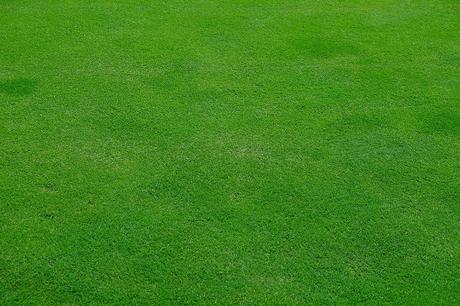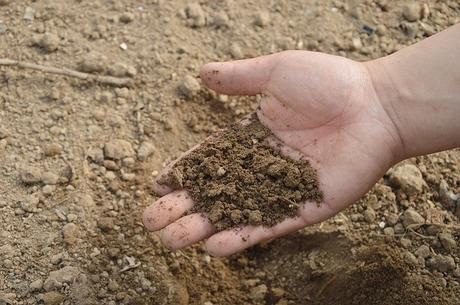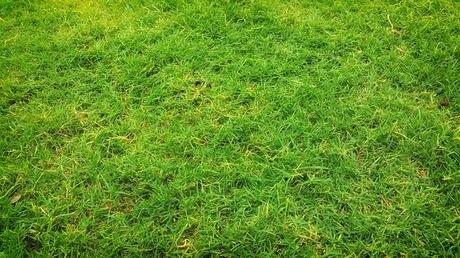
Every parent worries about their kids. It's always something... this or that.
One of the things that concerned my wife and I was the back yard lawn of our new house. It wasn't flat. With all the bumps, we were worried that our little ones might break an ankle out there
So for anyone else who has found themselves in a similar situation, here are some tips that I found to help flatten your garden lawn

Before the lawn is down:
Laying new lawn is more time consuming and expensive, but it will give you a better job overall
To start, use a landscaping rake to clear any debris and other stuff that shouldn't be there. Like weeds, grass etc. If you keep raking you will be able to get the soil quite flat with it.
You don't want anything underneath your soil before you put down your seed or turf. It can grow through your lawn and cause you trouble later. So your lawn should simply look like exposed soil.
When working on exposed soil, make sure you wet the soil with a garden hose or wait until after some rain to start grading it
Grading Soil:
There are a few ways to do this, here's a few short videos of people doing it different ways
Here's a video of someone using a pallet to flatten their lawn
You can also use string line to help with getting your lawn perfectly flat
You can also use a plank or long piece of timber or steel, aluminum etc. to help level across the lawn
It does have to be straight though. The longer the better
NOTE: If your laying turf, put down some fertilizer (preferably pellets) before you put your turf down. It will help keep the turf feed while it grows into your lawn
Once it's flat it's onto laying your lawn or seeding it, whichever you choose.

After the lawn is down:
Here is the easiest way to fix a lumpy lawn without ripping up all the grass.
The first step is to identify where the lawn has sunk. You can do this simply by walking it and putting in a garden stake where you think you need to lift. Once you know where you have to make amends there are two ways to do it
1. Pouring straight over the top
- Do it slowly ½ inch at a time to avoid killing the grass
- Best time to do it is in spring or fall which is the best growing conditions
- Don't do it if you don't expect any rain for a while
- Using a dry topsoil and sand mix is much better for leveling uneven areas than putting sand on a lawn without mixing. The correct mixture I believe is 50 - 50
2. Cutting out the patch of lawn and building it up from underneath
- Use a sharp spade and cut out certain sections of lawn (best if done in healthy sized pieces of around 1 foot x 1 foot)
- Then simply remove the patch and add some of the soil underneath. Use sand and soil mix, or some fertilizer or potting mix to bring the low patch up
- Similarly you can do this with a high patch, simply remove some soil from underneath
After you are finished adding or subtracting soil, put the patch back in the same way that you found it.
To help it grow it helps to throw some fertilizer (preferably pellets for lawns) underneath the patch of lawn you pulled, and also keep the patch well watered for the next few weeks

Now You're on the Level...
Thanks for reading and best of luck in your lawn. With some patience and some nice sunny days im sure you will get your lawn ready for whatever you intend to throw at it!
About the author

Hi, my name is Zac. When my wife told me I needed a new shed it sparked an obsession with everything project related outdoors. From building sheds to starting gardens, keeping chickens and more. You can find out how to do it for yourself and get the most out of your outdoor space at ZacsGarden.com
